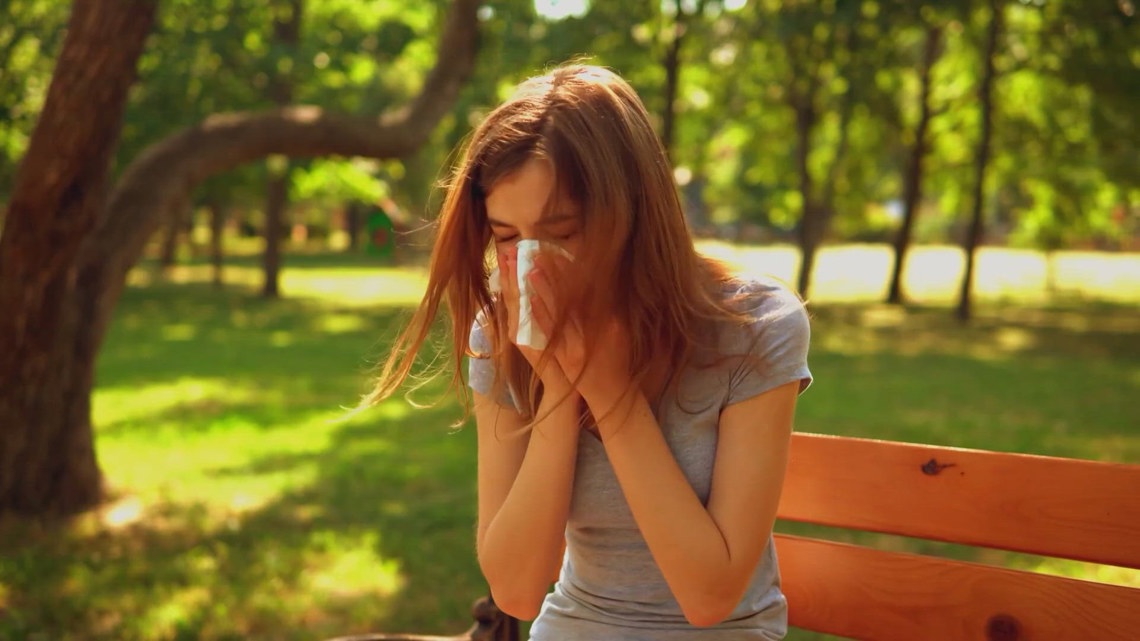
Fall brings cooler temperatures and signals allergy season, increasing asthma risk and hospital visits.
SAN ANTONIO — Monday is the first day of fall, and that means cooler temperatures are on the way, but the first day of autumn also means the first signs of fall allergies.
August through December is a critical time for allergies because of heightened exposure to seasonal triggers. This part of the year also creates an increased risk for asthma exacerbation.
“There’s really an increased risk of emergency room visits and hospitalizations for asthma attacks during this time period. So it’s a really important time of year to make sure we get the word out that that asthma can flare up during the fall,” Dr. Justin Griewe, board certified allergy immunologist said.
Medical News Today says 15% to 30% of the U.S. population experiences seasonal allergies. That is between 50 and 100 million Americans. The most common allergens are ragweed and mold spores. The fall allergy season causes workers to miss an average of 3.6 days of work every year. There are many reasons why this time of the year is so bad, including changes in the weather making these numbers skyrocket.
“Barometric pressure changes, viral infections with the school seasons starting stress, pollution,” Dr. Griewe added.
Some of the common symptoms of allergies are a runny nose, watery and itchy eyes, sneezing, coughing, and dark circles under the eyes. With mold on the allergy alert almost daily, many may be wondering why.
“Molds are a more ubiquitous allergy and they can hang out year round. Those damp, leafy, kind of decaying leaves can leave a lot of mold or pollen in the air,” Dr. Griewe said.
That’s why taking yourself to an allergist before your allergies take over is a must!
“They can do kind of local skin testing or blood testing to what pollens might be affecting you where you live,” Dr. Griewe added.
